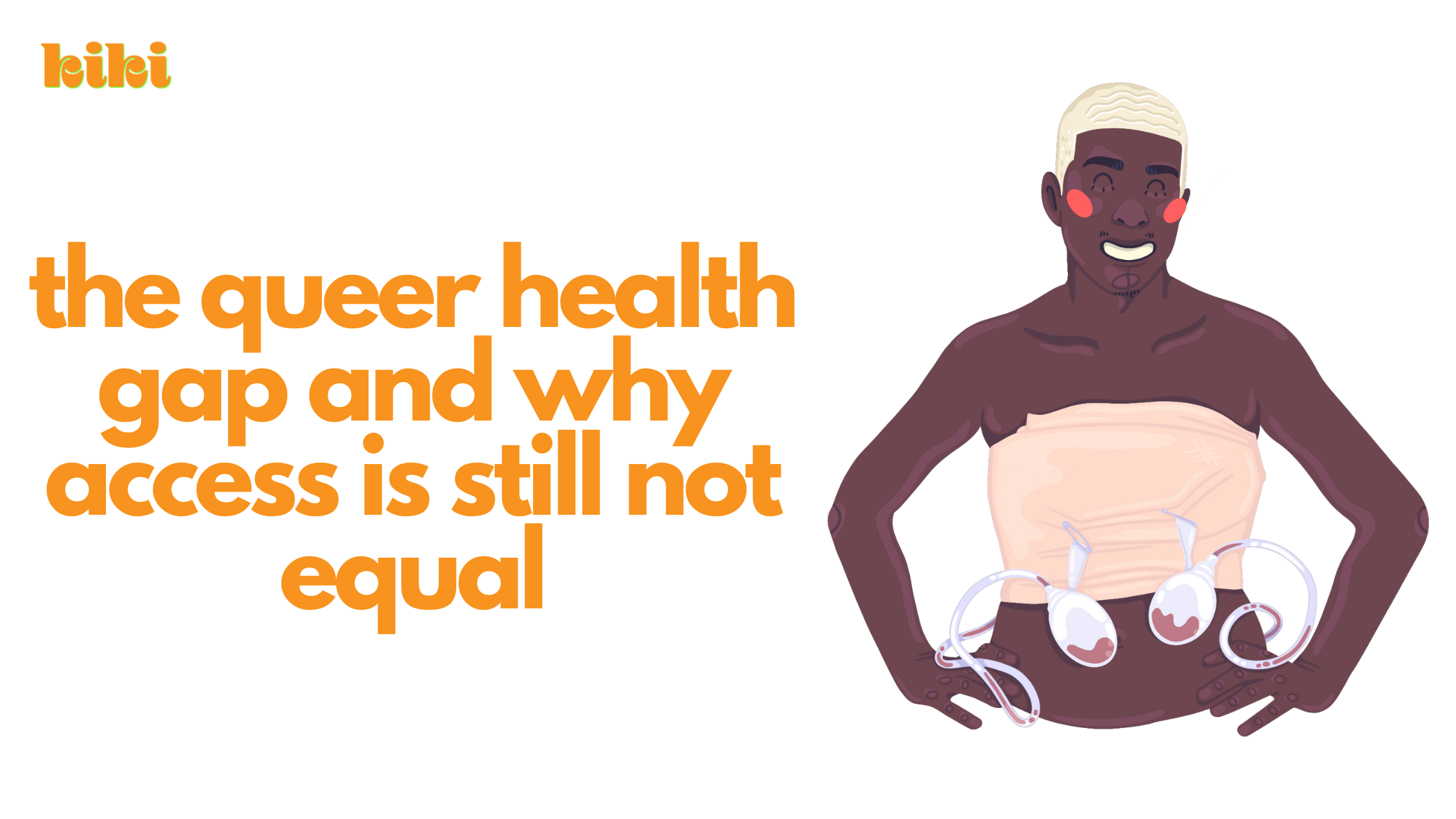We believe it’s vital to shed light on the ongoing challenges our community faces when it comes to accessing adequate healthcare. So, let’s dive in and explore why access is still not equal, and what we can do about it.
The Landscape of Queer Health
In recent years, great strides have been made in LGBTQIA+ rights and visibility, but unfortunately, our community continues to face significant disparities in healthcare. The queer healthcare gap refers to the disparities and inequalities experienced by queer people in accessing healthcare services.
Why Does the Gap Exist?
1. Lack of Provider Knowledge and Sensitivity
One major hurdle is the limited understanding and sensitivity surrounding LGBTQIA+ health issues among healthcare providers. Many providers receive inadequate training on LGBTQIA+ health concerns, resulting in a lack of awareness and cultural competence. This knowledge gap can lead to misdiagnosis, inappropriate treatments, or even the avoidance of seeking care altogether due to fear of discrimination.
2. Discrimination and Stigma
Discrimination and stigma persist as barriers to accessing healthcare for many queer people. Fear of judgment, rejection, or mistreatment often discourages us from seeking medical attention, which can have serious consequences for our well-being. The discriminatory practices and biases embedded within the healthcare system create a hostile environment for queer patients, impeding our access to the care we deserve.
3. Legal and Policy Challenges
While progress has been made in terms of LGBTQIA+ rights, legal and policy barriers still exist that hinder equal access to healthcare. In some areas, there are no explicit protections against discrimination based on sexual orientation or gender identity, allowing healthcare providers to deny care or offer substandard services without consequence. Such systemic barriers reinforce the health gap faced by our community.
Addressing the Gap
1. Provider Education and Training
Improving the knowledge and cultural competency of healthcare providers is essential. Increasing LGBTQIA+ health training and education during medical and mental health programs can help bridge the gap. Providers who are knowledgeable and sensitive to queer health concerns can create safe spaces and offer appropriate care to their LGBTQIA+ patients.
2. Creating Inclusive Policies
Advocacy efforts must focus on pushing for inclusive policies at local, state, and national levels. Comprehensive nondiscrimination laws that protect LGBTQIA+ individuals from discrimination in healthcare settings can help dismantle barriers and ensure equal access to care. By advocating for inclusive policies, we can foster an environment where healthcare providers prioritize queer health needs.
3. Community Resources and Support
Empowering the LGBTQIA+ community with accessible resources and support systems can also make a significant difference. National and local queer organizations play a vital role in connecting individuals to queer-friendly healthcare providers, providing information on available services, and offering assistance to those facing discrimination or barriers in accessing care.
The Bottom Line
As we strive for a more inclusive society, it’s crucial to address the queer health gap and advocate for equal access to healthcare for all. By raising awareness, improving provider education, advocating for inclusive policies, and offering community support, we can work towards closing this gap. Let’s continue to uplift and support the LGBTQIA+ community, ensuring that our health and well-being are prioritized. Together, we can make a difference and create a future where access to healthcare is truly equal for everyone.
Remember, y’all, your health matters, and you deserve to access the care you need.
